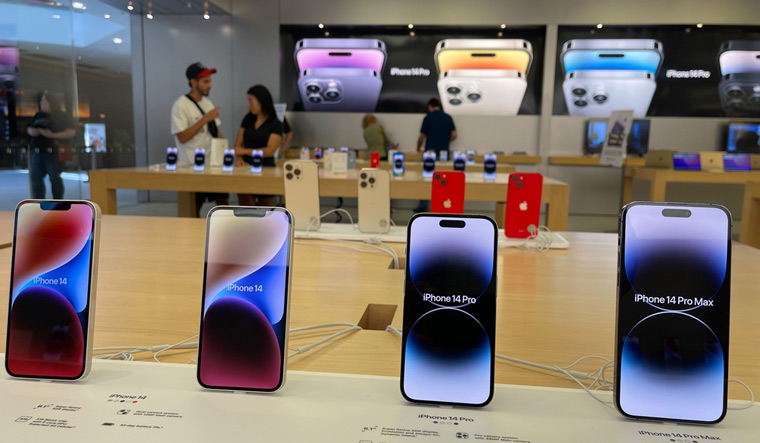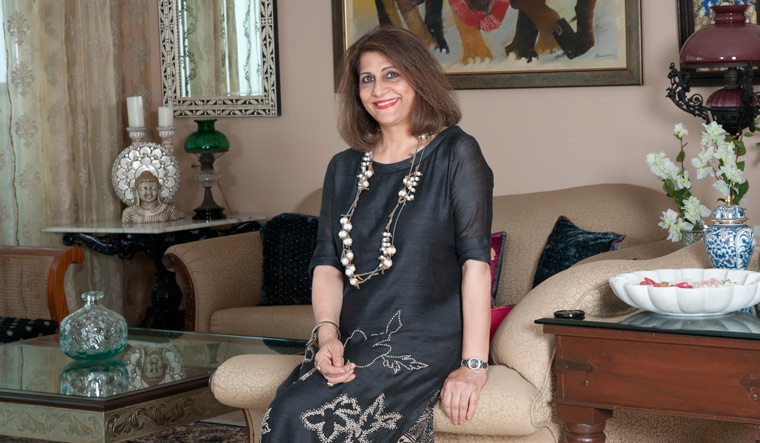Mobile phones have a luxury conundrum. “People buy luxury products as an extension of their lifestyle and their personality,” says luxury and hospitality brand consultant Deepa Misra Harris. “It says ‘This is who I am’.” But, how exactly do you stay luxe and distinct from the rest of the herd when almost everyone on the face of the planet has it?
Art curator and luxury consultant Arvind Vijaymohan defines luxury as “quality, heritage and legacy coming together in perfect form”. While this may work for a handmade bag from a century-old European atelier or a fashion house with bespoke tailoring, how does it work for a product that is all about the latest technology and the latest features, and that goes obsolete in a year?
“Phones is one of those rare categories where luxury is within the access of more people than a typical luxury product,” said Ashwin Rajagopalan, lifestyle consultant. “Even if you take something like an iPhone 14 Pro Max, everyone (in your circle) might be carrying one. (Even those outside your circle) can get one with EMIs and cashbacks.”
Handset makers had tried to break out of it. Nokia had Vertu, its luxury mobile phone brand, way back in 1998. The phones came with all the luxe works—gold, sapphire bezel, jewels and black leather. “It worked for a while, as at that point, a phone did not do much beyond calls,” said Rajagopalan. But once the era of the smartphone began, “Vertu was not able to create a real customer experience beyond the luxury trimmings”.
Today’s mobile phone market is marked by camera features, artificial intelligence, OS ecosystems, memory, storage and many other tech features. They need cutting edge innovation, and a new killer discovery can change the entire landscape overnight. This makes it difficult for a luxury brand to play in the same field, restricting luxury trappings to perhaps a designer phone case or other accessories.
But, while owning a ‘one-of-a-kind’ phone may be impossible, something curious has indeed been happening in India’s mobile phone retail space—a clear and distinct shift towards expensive phones. “The share of phones costing more than Rs 30,000 was 4 per cent in 2019; it increased to 9 per cent last year,” said Varun Mishra, senior analyst at Counterpoint Research. “In terms of value, the constitution is 28 per cent of the total smartphone revenues.”
Globally, the growth in the $1,000 and above price segment has been a whopping 94 per cent.
Indian phone users have shown a distinct preference to upgrade their phones. “As 5G is becoming more prevalent, consumers are upgrading their devices,” said Mishra. “Consumers whose finances were not affected by the pandemic have been using the extra disposable income created due to restricted travel to buy more expensive devices, including smartphones. During the pandemic, users also realised the importance of smartphones and started seeing more value in upgrading their devices. Another interesting factor is that this trend in the ultra-premium market is ubiquitous across regions, despite inflationary pressures.”



